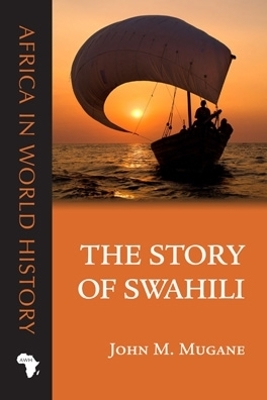Africa in World History
1 total work
"The story of Swahili is one of globalization, cosmopolitanism, and creolization over the past 500 years. This book will stand on the shelf next to works such as Paul Gilroy's Black Atlantic and Abdul Sheriff's Dhow Cultures of the Indian Ocean: Cosmopolitanism, Commerce, and Islam." -Emmanual Akyeampong, Harvard UniversitySwahili, or more properly Kiswahili, was once an obscure littoral dialect of an East African Bantu language. Today more than one hundred million people use Swahili, making it one of the few truly international languages: Swahili is to eastern and central Africa what English is to the world. How this came about and why, of all African languages, it happened only to Swahili is the story that John M. Mugane sets out to explore. The remarkable adaptability of Swahili has allowed Africans-and others-to tailor the language to their needs, extending its influence far beyond its place of origin. It also calls for a reevaluation the widespread but fallacious assumption that cultural superiority, military conquest, and economic dominance determine the prosperity of any given language.The Story of Swahili is about where languages come from, where there are at, and where they are headed, using the success of Swahili as a convenient point of entry.
As a language that arose from contact between peoples from diverse cultures, Swahili is an excellent conveyor of the history of communities in eastern and central Africa as well as their associations throughout the Indian Ocean world. It is also a vibrant, living language that continues to adapt itself to the changing demands of global trade, technology, and communication.
As a language that arose from contact between peoples from diverse cultures, Swahili is an excellent conveyor of the history of communities in eastern and central Africa as well as their associations throughout the Indian Ocean world. It is also a vibrant, living language that continues to adapt itself to the changing demands of global trade, technology, and communication.
